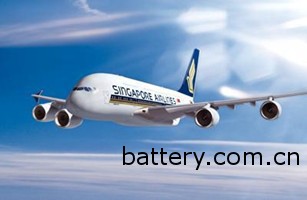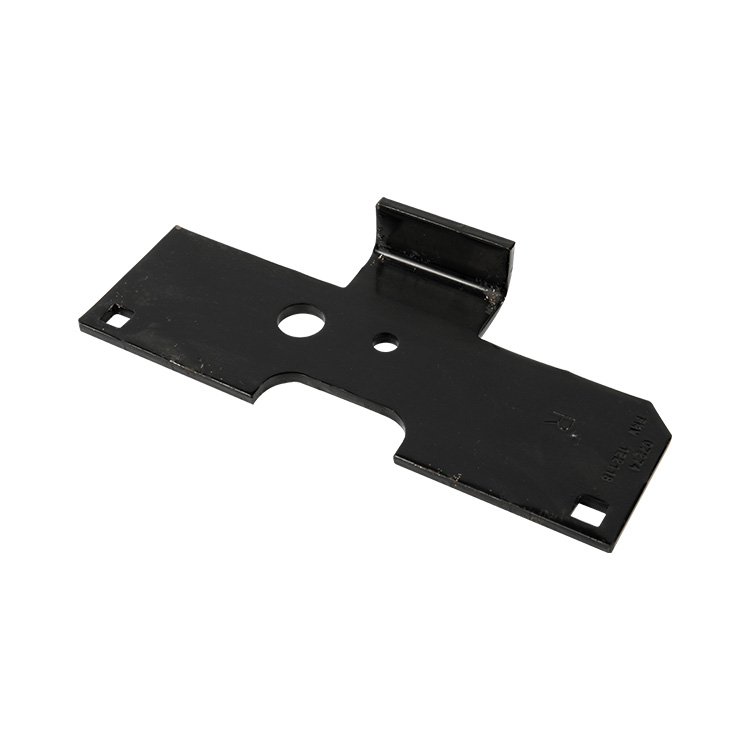According to Battery.com.cn, recently, two passengers on a flight caused a short circuit and heat due to carrying a button-type lithium battery, which almost caused an emergency of spontaneous combustion of the battery. With the continuous development of battery technology, the superiority of lithium batteries has become increasingly prominent. The battery can be recharged up to 1000 times, and the battery life is up to 3-5 years. The price is very high. Lithium batteries have been widely used in daily life, bringing great convenience to our lives. Most of today's electronic products are powered by lithium batteries, such as mobile phones, cameras, computers, wireless speakers, GPS navigators, and so on. In recent years, domestic flights have repeatedly experienced unsafe incidents in which passengers carry lithium batteries to smoke or burst. How to carry a lithium battery safely on the plane has become a "course" that we must learn. Carrying a lithium battery is also very particular. First of all, we have to choose a lithium battery produced by a regular manufacturer, and the battery quality is guaranteed. Lithium batteries produced by regular manufacturers are generally safer, while the "cottage version" of lithium batteries frequently appear natural. Secondly, when carrying a lithium battery, measures should be taken to prevent short circuits. In response to the short-circuit spontaneous combustion of lithium batteries, the Civil Aviation Administration has strict regulations on the transportation of lithium batteries. In order to facilitate the masses of passengers to carry the battery and travel by plane, Xiaobian specially compiled the following materials to share with you: (1) Please carry the spare lithium battery and the portable device with the lithium battery with you. Do not put the lithium battery in your baggage. (2) The lithium battery to be carried should be protected against short circuit. For example: put in a battery box, plastic bag or cover the metal contacts of the lithium battery with tape to avoid contact with metal objects such as coins, keys, jewelry, etc. (3) Lithium batteries carrying 100-160 watt hours must be applied to the airline. (4) Lithium-ion batteries that carry more than 160 watt hours are prohibited. (5) Check the large baggage containing lithium batteries, such as electric wheelchairs, please apply to the airline in advance. Stamping is a manufacturing process that involves applying pressure to a material to deform it into a desired shape or size. There are various types of stamping processes utilized in the industry, each with its unique set of advantages and disadvantages. In this article, we will describe some of the most common types of stamping processes.
Overall, stamping is a versatile manufacturing process that plays a crucial role in the production of a wide range of metal parts and components. By understanding the different types of stamping processes, manufacturers can select the most suitable process for producing high-quality parts in an efficient and cost-effective manner.
hardware stamping products, stamping part products, Precision Metal Stamping, precision metal stamping part, Stamping Processing Products NINGBO CITY YINZHOU RUICAN MACHINERY CO.,LTD , https://www.ruican-machining.com
Blanking: Blankings are flat pieces of sheet metal that have been precisely cut and punched out from larger sheets of metal. Blanking is a process used to produce these flat pieces, and is ideal for producing large quantities of uniform, flat parts.
Coining: Coining is a stamping process used to create impressively flat and precise features - often used in creating coins or bearing seals.
Drawing: Drawing involves pulling a flat piece of metal through a die with a punch tool to form it into a three-dimensional shape. This process is commonly used in the creation of products such as automobile fenders, cans, and ship hulls.
Embossing: Embossing is the process of applying raised designs or patterns to a flat piece of metal by impressing the metal with a die. This process is popularly used in the production of decorations and signage.
Piercing: Piercing is the process of punching or drilling holes in a metal sheet. It is widely used in creating products such as luggage tags, name plates, and metal attachments.
Blanking and forming: Blanking and forming involve using a single die to create a part that has a variety of features, both flat and formed. It is a highly efficient process for creating complex parts.
